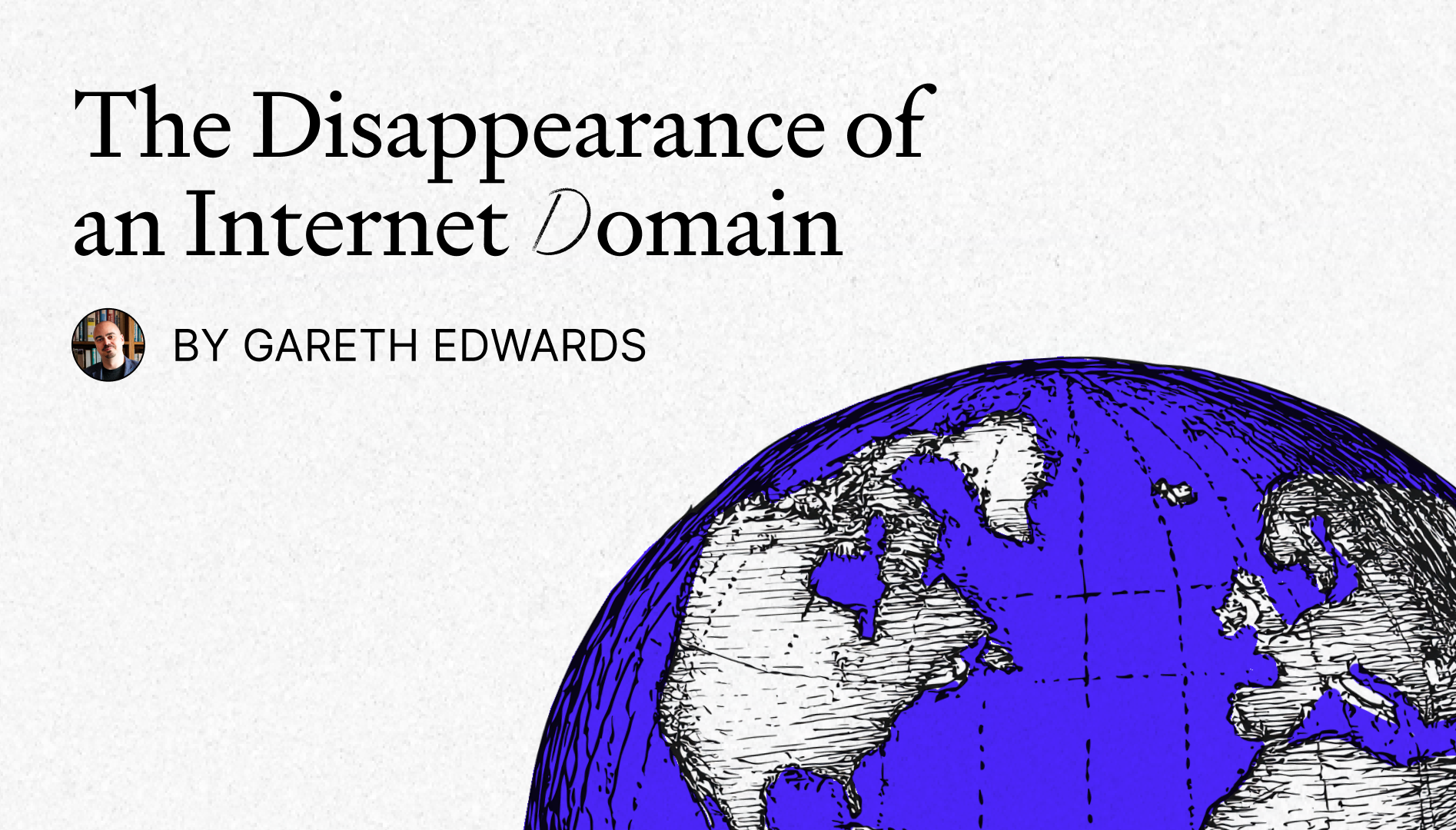I very much doubt that the .io TLD will vanish, too many big companies use it. Seen as non-country TLDs are allowed, I suspect that as soon as the country code goes away an existing registrar will buy it and .io domains will carry on.
The article is literally about how there is precedent for eliminating a country’s TLD when that country no longer exists, in the .su and .yu domains (for USSR and Yugoslavia respectively).
It won’t happen overnight, but it’ll happen.
It’ll get eliminated as a country code, yes, but that leaves it available as a generic TLD. Seen as it will be available and is obviously lucrative, someone will register it and, presumably allow domains to be registered under it. Off the top of my head, I think it costs $10,000 and you have to show you have the infrastructure to support the TLD you register, so an existing registrar is the most likely. That figure is probably out of date, it’s been many years since I checked it, but the infrastructure requirement is the more costly part anyway.
All two-letter TLDs are ccTLDs.
However, several of them are not in ISO 3166-1.
Interestingly, whilst Wikipedia does say that, the language in RFC 1591 (Domain Name System Structure and Delegation) only says:
There are a set of what are called “top-level domain names” (TLDs). These are the generic TLDs (EDU, COM, NET, ORG, GOV, MIL, and INT), and the two letter country codes from ISO-3166.
Likewise, in ICANN’s PRINCIPLES FOR THE DELEGATION AND ADMINISTRATION OF COUNTRY CODE TOP LEVEL DOMAINS, they say:
‘Country code top level domain’ or ‘ccTLD’ means a domain in the top level of the global domain name system assigned according to the two-letter codes in the ISO 3166-1 standard
In neither case do they actually limit two letter TLDs to being country codes, they only state that all country codes in ISO 3166-1 are ccTLDs. In the RFC, the author does suggest it is unlikely that any other TLDs will be assigned, but this has obviously been superseded with the advent of gTLDs. Thus I still consider it likely that the .io TLD will simply transition to being a commercial one, rather than a country one.
Having said all that, it’s entirely possible I’ve missed some more recent rule that tightens this up and only allows two letter domains from ISO 3166-1. If I have I’d be glad of a pointer to it.
ICANN controls TLDs. Nobody can “register it.”
You are technically correct in saying that it’s not a registration. Instead it’s a sponsoring: https://en.wikipedia.org/wiki/Sponsored_top-level_domain
.su still exists though.
Exactly and that’s why they don’t want it to happen again.
Sadly they will probably jack up the price while they are at it too. I just moved everything to my own petsonal .io a few years ago. I don’t want to have to move again.
You’re probably correct, but it’ll still have to be competitive with other TLDs, so it probably wont go too high.
You would assume so, but then there are domains like .car/.cars/.auto/.sexy which cost more than 2000$ yearly.
All this is speculative of course, but those domains you listed are vanity domains in lucrative markets. I call them vanity domains, because it can easily set you back 3-4 figures to get a domain like me.blog , let alone yourname.cars which is quite desirable if you sell cars. As with everything else, domain prices are simply subject to the laws of supply and demand.
Regarding .io , compared to average country code domains, such as .de for example, that tend to be quite modestly priced, .io has seen substantial increase in the past 5 or so years, transformed from a geeky exoticism to a symbol of AI-hype tech companies.
At least from my perspective.
Really interesting article. Fingers crossed for Israel’s domain name going the way of the dodo next.
There’s also the case (like we’ve had here with ml), where a wild-west domain gets returned to a country, in our case mali.
Ideally though the internet should be able to function without dns at all, especially without a US-based company in California (ICANN) having the final say in controlling the world’s domain names.






